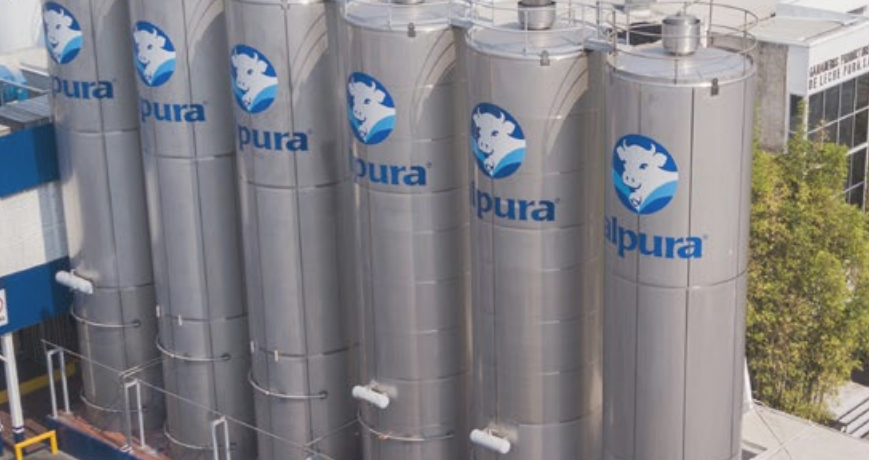The Mexican government has taken measures to discourage the construction of new industrial plants in the Valley of Mexico to improve environmental conditions.
High pollution levels remain a significant challenge in several Mexican cities.
The Mexico City government uses a mobile laboratory to measure air quality in four locations in Mexico City as part of its efforts to reduce air pollution.
New industrial plants
In the Mexico Valley Metropolitan Zone, the government has taken measures and regulations to improve air quality. Some of these include the following:
- Restrictions on freight transportation at certain times.
- Volatile organic compounds in household products to reduce the amount of materials that damage the ozone layer.
- Better fire prevention and management practices.
- Motorcycle emissions to encourage manufacturers to introduce clean technologies and advanced emission control systems.
In 2024, emissions in Mexico were 118.7 million tons (333 g/kWh). By 2030, the government foresees a decrease to 117.4 million tons (284 g/kWh), reflecting greater efficiency and increased use of clean energy.
This target is established in the projections of the Generation Dispatch by Technology 2024 and 2030 indicator, in a medium scenario with cogeneration.
CO2 emissions reduction
In 2024, the share of clean energies (hydro, solar, wind, nuclear and cogeneration) was 22.5% (80.0 TWh). By 2030, clean energy is projected to increase its share to 37.8% (155.6 TWh), covering at least 54% of Mexico’s generation.
Industrial pollution in the Valley of Mexico, including the capital, remains a serious problem. Although many factories have relocated, several still remain active in the region. To reduce the impact, the government orders temporary closures when pollution levels rise.
Government authorities have attempted to address this industry-related pollution in a number of ways, including discouraging the construction of new plants in the Valley of Mexico or other major industrial cities, such as Monterrey and Guadalajara.

